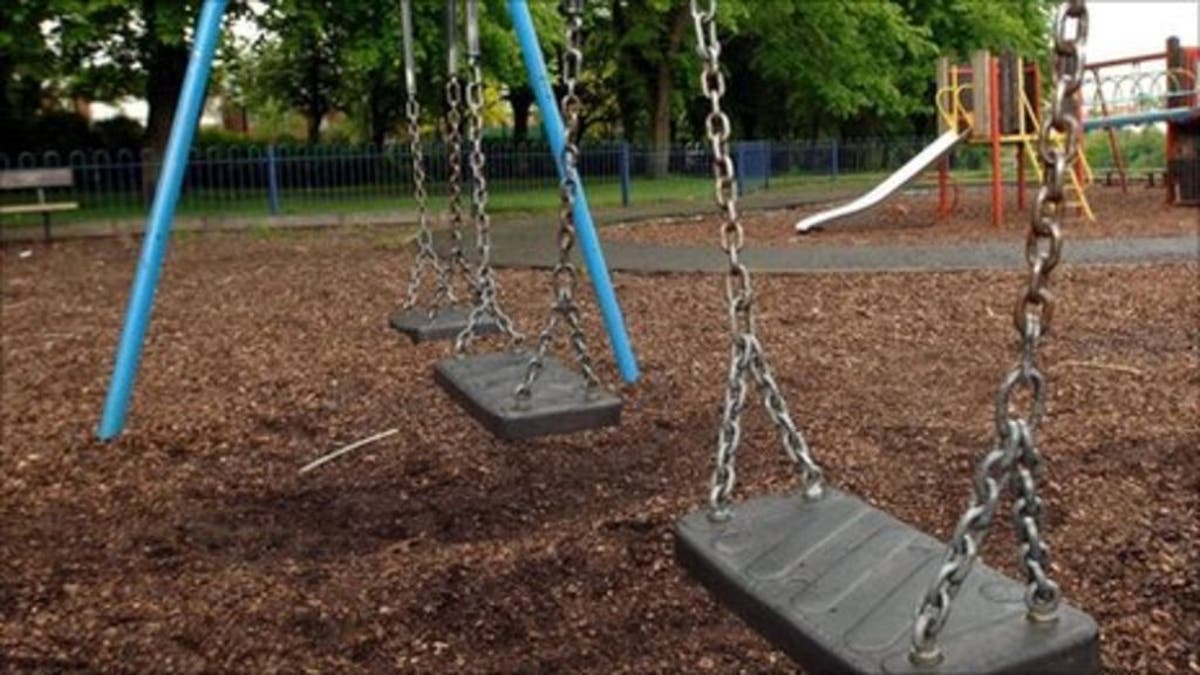
What to say about bullying, and how to say it. (John Giles/PA Wire/Press Association via AP Images)
Bullying certainly has come out of the shadows these past few decades.
At long last, schools, parents, and society at large have stopped repeating the tired old stick-and-stones slogan. The truth is, words do hurt. Bullying — true bullying — is known to have a negative impact on many areas of a child’s life and should not be ignored or tolerated.
What is Bullying, Exactly?
Bullying is when a more powerful person repeatedly behaves in a threatening, aggressive or humiliating manner toward a less powerful person. It can be a beat-up-a-small-kid-on-the-playground physical bullying, or social bullying, in which a victim is repeatedly ridiculed by a person or peer group.
Both situations can spill over to social media, so the bullied often feel as if they have no place to escape.
Bullying is most common in middle school and the early years of high school, tapering off as teen mature into young adults. However, we’ve all run across a few adult bullies, haven’t we?
Rivalries, routine disagreements, or children simply not liking one another is not bullying. Kids and teens benefit from managing difficult relationships with other young people, which teaches them problem-solving skills. It also gives them a healthy sense of pride in knowing they can stand up for themselves.
Talking About Bullying: An Ongoing Conversation
When it comes to talking with your children about bullying, odds are you aren’t breaking new ground. Most likely their school has an anti-bullying program and your child has seen or experienced bullying in one form or another.
While bullying is no longer ignored, it certainly isn’t extinct. Try to make your family’s discussion of bullying open-ended and ongoing. This conversation, like most, is not a box to be checked off and then ignored.
During a routine chat about school while in the car or around the dinner table, you could say, “Hey, I was wondering if bullying is a thing at your school?” Casually wording the question is likely to get you much further than approaching your child out of the blue with an intense “Are you being bullied?” or “You’re not a bully, are you?”
As you have these conversations, try to sense the social climate in your child’s school. Is it a positive, supportive space with relatively little aggression, or is it more confrontational and hostile? Knowing this will give you great insight about exactly what your child’s days are like.
Bullied or the Bully?
It is easy to worry only about those being bullied while overlooking the bully. No, not every child who is a bully grows up to be a sociopath.
However, bullying behavior must not be dismissed. Parents of bullies need to respond strongly to stop the behavior and learn what is causing them to act that way in the first place.
It could simply be an immature way to gain popularity. Or it could be a sign children are struggling with deeper emotional problems. Often, those who bully need additional support and guidance from their parents, teachers, and counselors to engage with peers in more appropriate ways.
If children are being bullied, they may feel embarrassed or ashamed, and often are not willing to discuss it with their mom or dad. This is why ongoing conversations can make it easier. Establishing a regular family check-in will make it much easier for them to feel that opening up is OK. Keep in mind that everyone tires of the same old, “How was work? How was school?” question. Develop fun approaches to share the news of the day.
Keep Your Eyes Open
But as every parent knows, sometimes even the most innovative conversation strategy won’t result in much info.
Put on your detective hat and watch for changes in behavior, changes in peer group, changes in mood. This is where an established routine of keeping an eye on your children’s online presence can be helpful.
While behavior changes can, and do, happen as a typical part of growing up, alarming changes like not sleeping or eating normally, giving up favorite activities, avoiding friends, and a sudden drop in grades need to be explored. Rule out bullying or other problems.
Bullying is a vast topic, one that has been much researched, written and reported on in the past few years. For a particularly insightful look at this difficult topic, check out Emily Bazelon’s 2013 book, “Sticks and Stones: Defeating the Culture of Bullying and Rediscovering the Power of Character and Empathy.”
Jill Kaufmann, LMFT, is a family therapist in Bend, Oregon.
More from Lifezette.com:
The Decline and Death of the Male
World-Renowned Pilgrimages: Why these awe-inspiring sites attract millions every year

